Have you ever come across a search result on Google that stands out in terms of style? The search result with ratings and additional details about the searched product or information?
A rich snippet describes the star ratings, additional information, and photos. Schema markup is the coding that instructs Google or other search engines to incorporate such components. Rich snippets are incredibly simple to use. However, you must inform Google of the required information.
This tutorial will walk you through adding Google-rich snippets to a WordPress site. Let’s get started!
What is Google Rich Snippet?
According to the type of schema markup used, rich snippets are the results that Google shows in search that contain additional data such as star ratings, pricing, and more.
Alternatively, they are attractive and visible search results. Not only are they prominent, but they directly tell users about the content of a page.
Below is an example of a Google rich snippet:
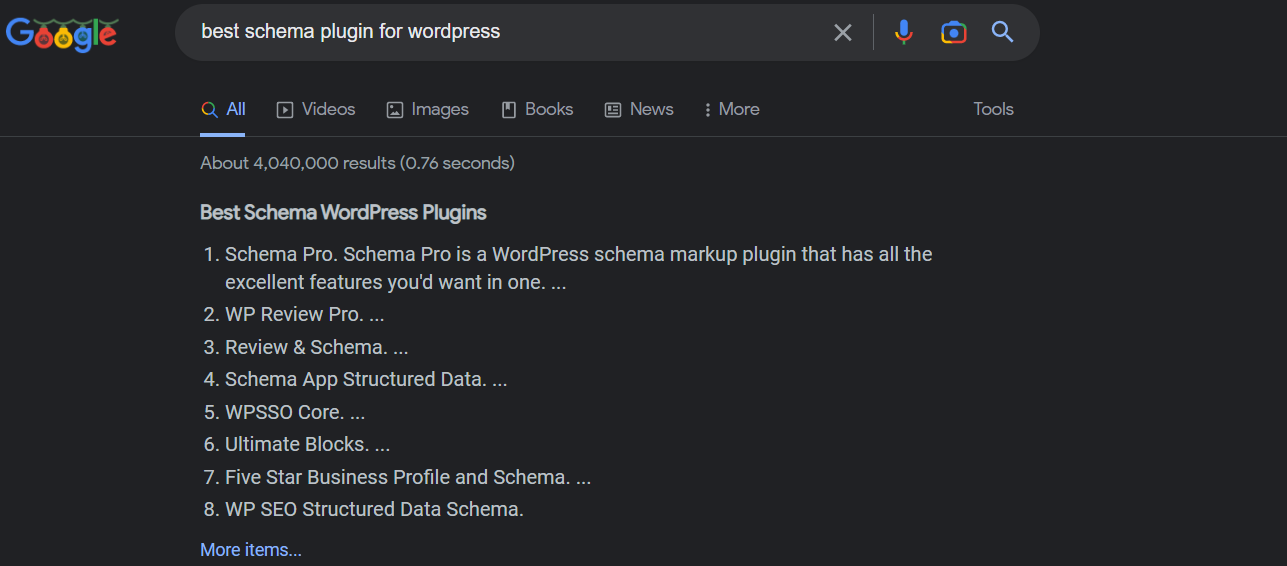
Google Rich Snippets – Why They are Important
Search engines depend on structured information. In simple terms, structured data is a form of coding to interact with Google or other search engines. The data make rich snippets operate on Google and help search engines understand your website’s context better. Users get a better insight into the content type within the link they wish to click.
Under a usual scenario, Google shows the URL, web page title, and a specific meta description when your website or page appears on a SERP.
With Google-rich snippets, you can showcase additional details like a review on a particular product or service, a corporate detail, pricing, store location, and more.
Benefits of Google Rich Snippets
– Enhanced Visibility
In search results, a brand becomes increasingly noticeable.
– Improved Conversion
More chances of visitors’ clicking on the attractive result. It will fetch more reads, sales, downloads, etc.
– Enviable CTR
Rich snippets are more likely to be clicked on by users than standard search results.
– Quality
When you use Google-rich snippets, Google will “understand” the material on your website more effectively. Your chances of getting even richer results from organic searches will increase.
WHAT IS SCHEMA?
By incorporating schema markup into your web pages, you may produce Google-rich snippets. All major search engines, including Yahoo, Bing, Google, and Yandex, leverage schema markup, also known as structured data, to display additional information for users in their google results. The coding is what informs Google of the subject matter of your content.
Different Schema Markups
– Products
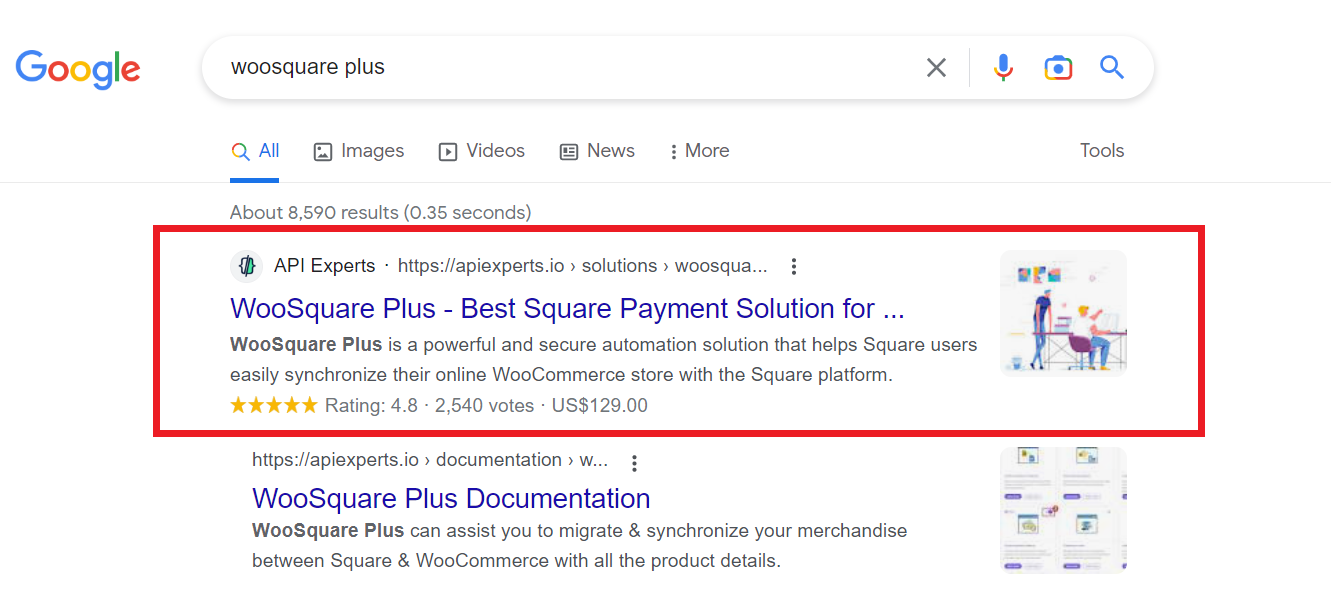
Rich snippets are one of the most potent tools for promoting online retailers’ goods and deals. Name, brand, photo, identifiers, currencies, price, condition, and quantity are among the permitted properties.
– Organizations/Brands
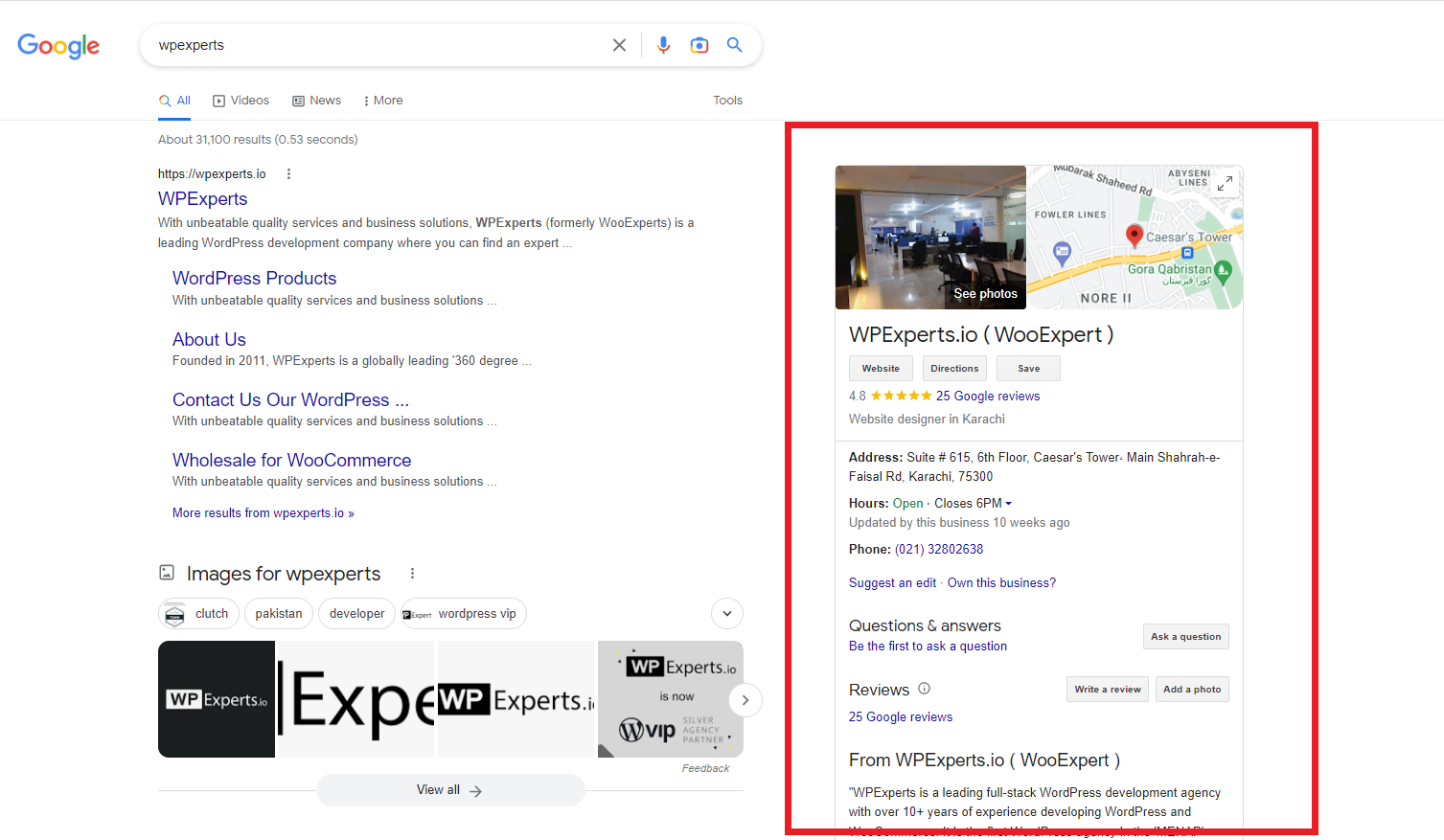
For particular (renowned) individuals, Google displays richer information. The supported properties include title, name, role, and contact info.
– Reviews

Aggregate and individual review, with multiple properties for each.
– Video Content
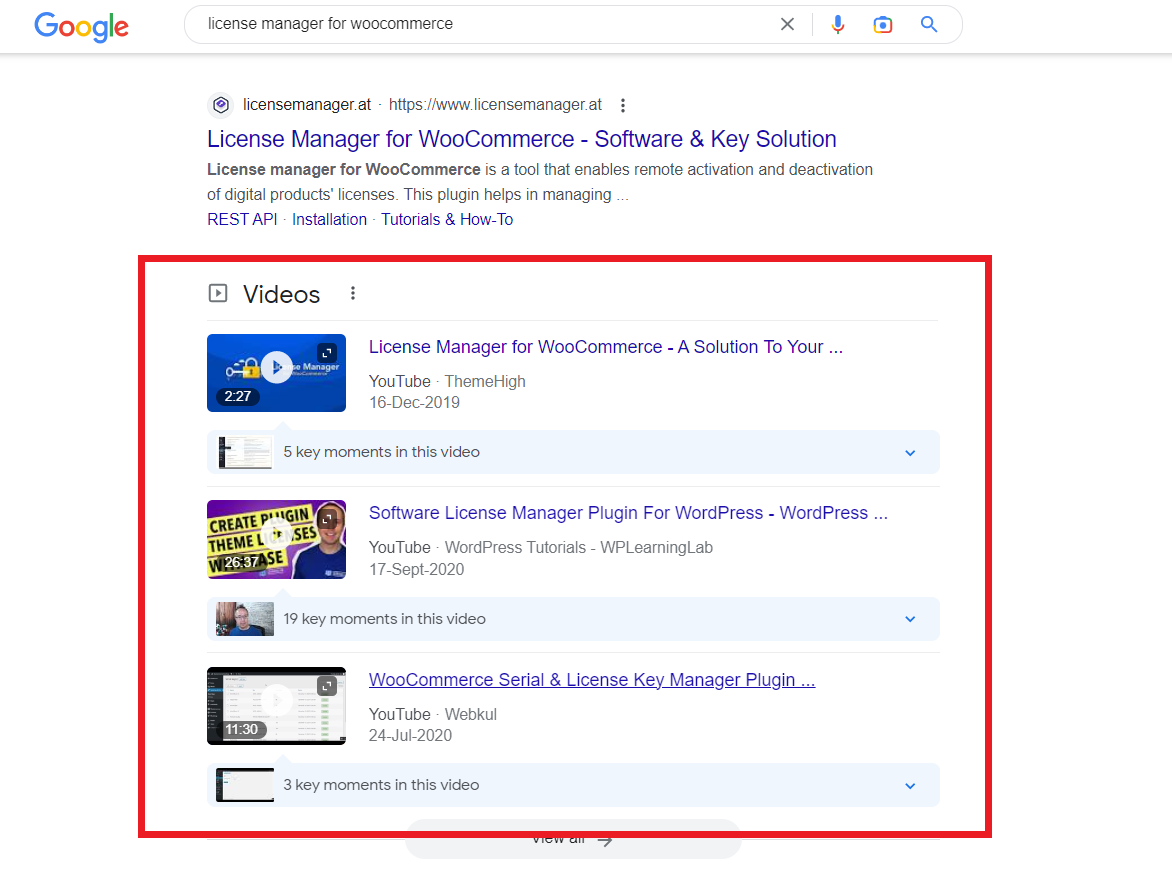
Rich snippets in video format are the best way to display information like the length, creator, production firm, or content shown in embedded videos on your website.
Schema Encoding Types
You have three encoding types for Schema Markups. These are:
- Microdata
- JSON-LD
- RDFa
– JSON-LD (Javascript Object Notation for Linked Objects)
You can encode JSON-LD schema in the <body> or <head> tag. This schema coding employs “@type” and “@context” attributes to establish the vocabulary.
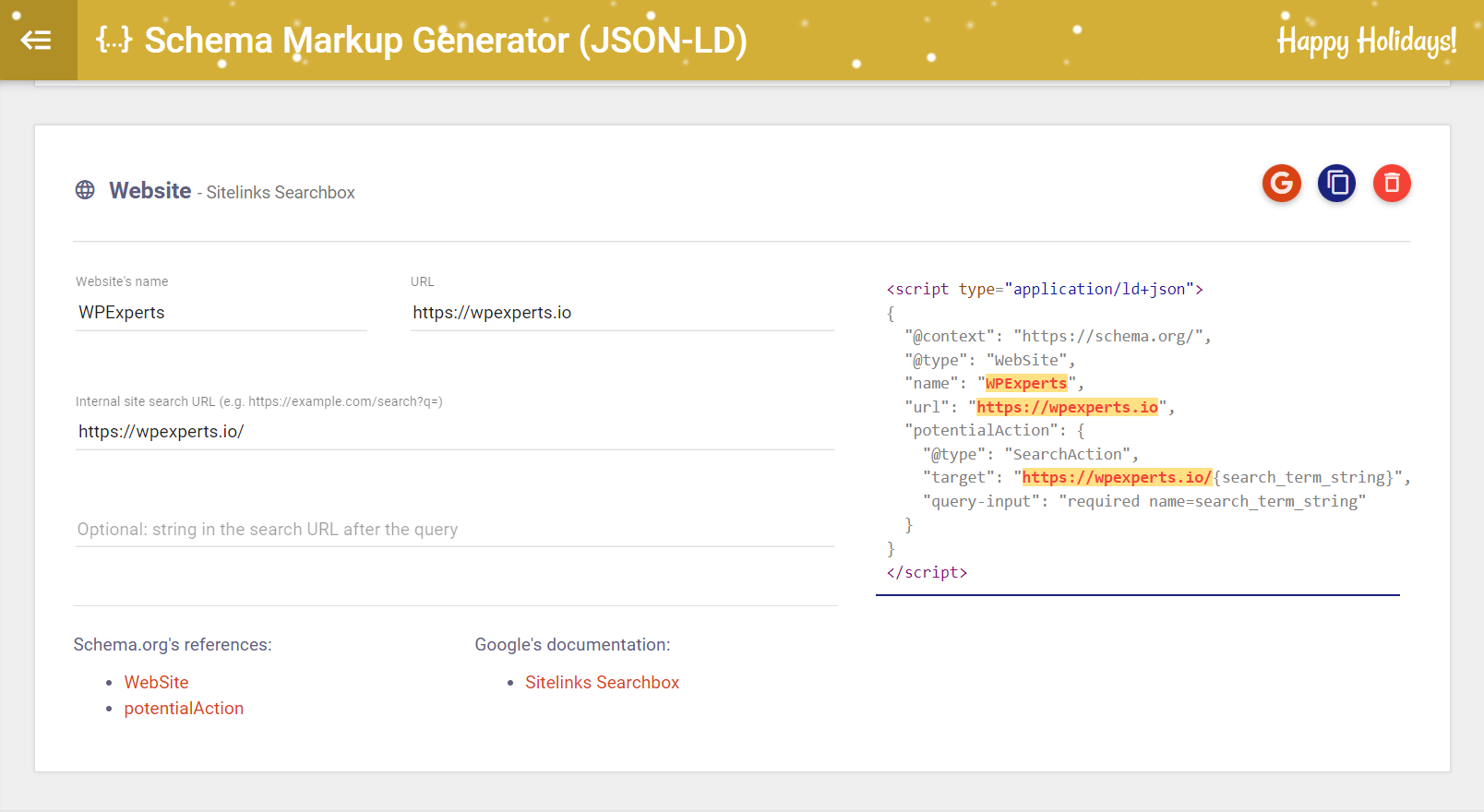
– RDFa (Resource Descriptive Framework in Attributes)
It is a schema code that you can add to all XML, XHTML, and HTML-based documents. RDFa’s attributes include the following:
- typeof – this is used to determine the partner resource or RDF form of the subject.
- datatype – it specifies the text’s data type.
- content – it nullifies the element’s content when employing the property attribute.
- class=”lazy” data-src, href, and resource – to determine the partner resource.
- rel and rev – a straightforward and reverse relationship along with another resource.
- about – it clarifies the metadata.
– Microdata
Its implementation is as good as RDFa. It has the following attributes:
- itemref – for characteristics of an element not included in the itemscope.
- itemtype – to determine the item along with its assets via a valid URL.
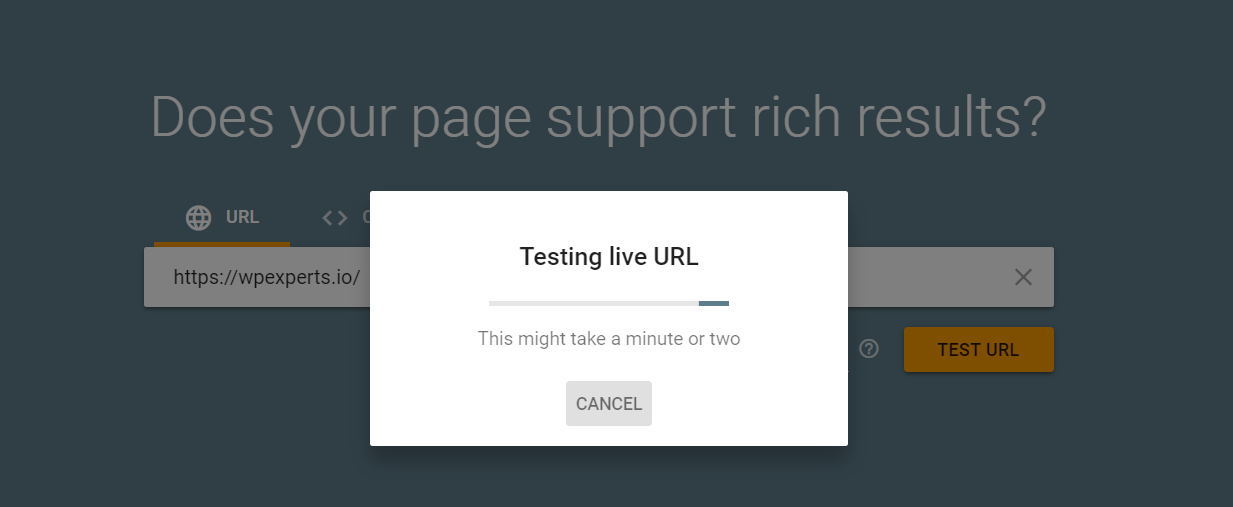
- itemscope – to make an item and identify that the remaining element carries information about it.
- itemid – to display an item’s unique identifier.
Wrap Up
Google’s algorithm always remains in changing mode. To deliver complicated results, schema or structured data is expected to play a more significant role in the future. Implementing Google-rich snippets now will help your website in the long run. Rich snippets require a minor SEO adjustment that may create the difference between a few hits and a torrent of search traffic. Thus, it would help if you leveraged schema markup to its fullest potential.